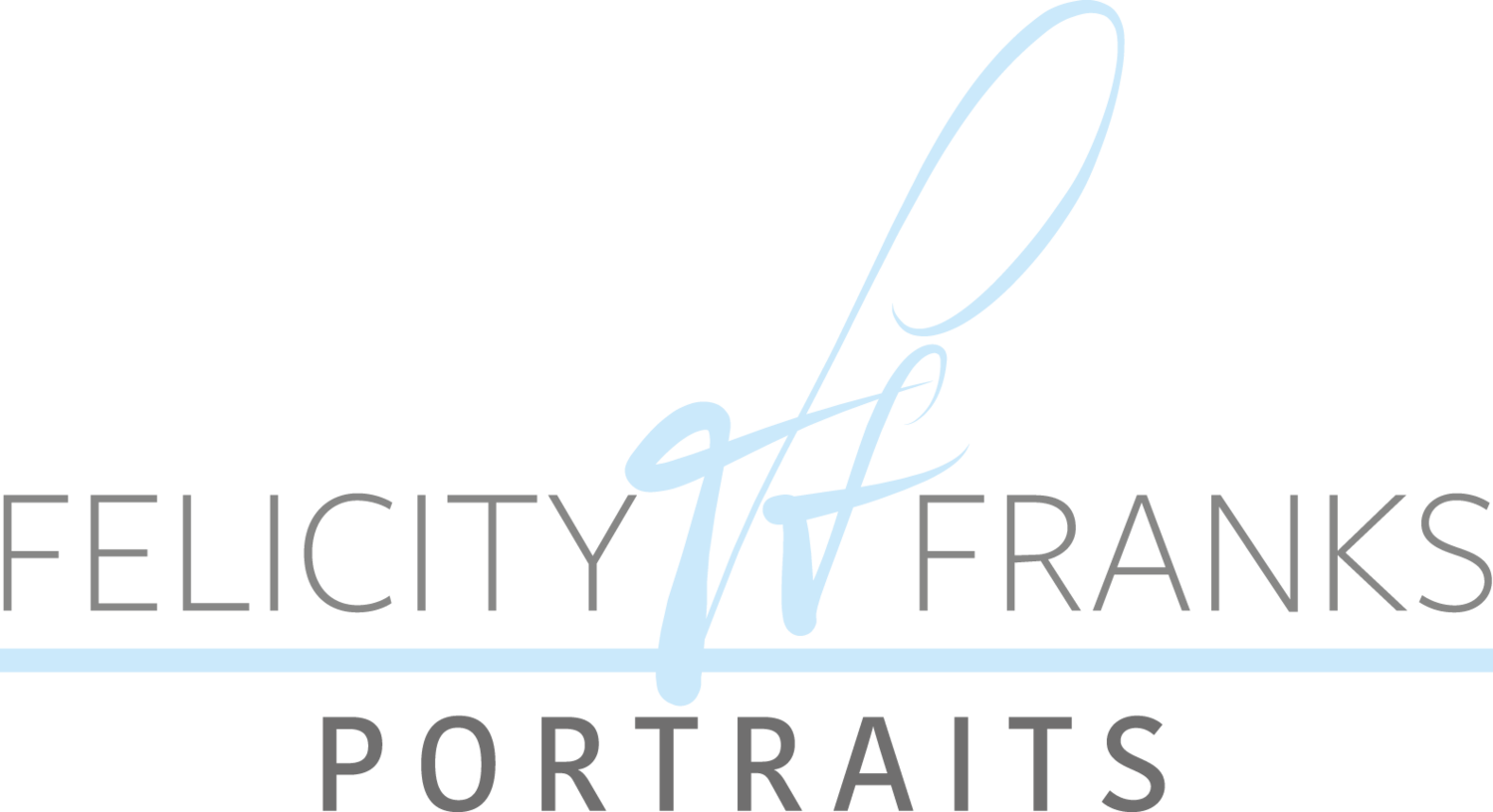Is it easier to work smaller in soft pastels?
I think to a beginner it may seem that working smaller would be easier, but in reality, in soft pastels it can actually be much more of a challenge. As a beginner you will find it so much easier to work on a larger scale, where you have lots of scope for detail and don’t have to sharpen your pastel pencils so much!
Therefore, I have created a tutorial focusing on creating lots of detail on a really tiny scale!
Introducing Monty!
Monty is my latest commission, he is one of three mini portraits for the same customer and I have been given permission to use his portrait as a tutorial for you to draw along with.
Monty is full of colour changes and little specks of different coloured hairs, so he posed quite the challenge when working on a smaller scale.
I have done lots of mini portraits, measuring 15x21cm, but because this is a ‘floating head’ and centralised in the middle of the page the proportions are even smaller. Plus Monty has so many colours and curls! Therefore, this seemed like the perfect portrait to help you tackle using pastels on a smaller surface area.
🎨 Why Working Small is So Tricky in Pastels
Soft pastels aren’t naturally a fine detail medium in the same way that a medium like coloured pencils are. Coloured pencils can be sharpened into a very fine tip and have a harder core, so are less likely to snap when trying to achieve very delicate lines.
With pastel pencils you can sharpen them into a very fine tip, as I show in my tutorial videos, but you have to use a very light pressure so that the tip doesn’t snap or create a very grainy line.
They’re perfect for expressive marks, layering and building rich textures but that can feel a little cramped when you reduce your surface area. I love to get all the small details in, so it can feel harder when you don’t have the page size to do it on!
When working at this miniature size, the biggest lesson is to stop trying to capture every individual hair and start looking at the bigger picture.
In the tutorial, I focus a lot on shapes and values. That means training your eye to simplify what you see, thinking in blocks of light and shadow and the shapes which make up the form of the face. You’re aiming to suggest the detail rather than trying to draw every strand of fur, which just isn’t practical on a small scale.
That’s what brings the realism: not fussing over the tiniest strokes, but placing your tones, and highlights with intention. The softness and texture of the pastels do the rest.
🐾 What You’ll Learn in the Tutorial
This two part real time tutorial (each part around 2.5 hours) is available now on my Patreon, and in it we cover:
Figuring out how to create detail when working smaller
How to create sharp lines with pastel pencils, as we all know they don’t like to be sharpened!
Looking at all of the amazing colours that go into Monty and how to create that speckled effect
Looking at tonal values to create a three dimensional look and feel to something so small
Monty’s beautiful curls and soulful eye gave me so much to work with, even in a mini format. I hope this tutorial helps you feel more confident when tackling smaller pastel portraits and gives you permission to loosen up and trust the process.
Whether you’re new to soft pastels or looking to challenge yourself, this project is a great way to improve your eye for tone and shape.
You can find part one of Monty’s tutorial on my Patreon channel here. There is a seven day free trial currently available, so you can see if you like my teaching style before signing up!
I hope to see you over there so we can draw Monty together, if you do draw along please do show me! I would love to see your versions!
Felicity x


